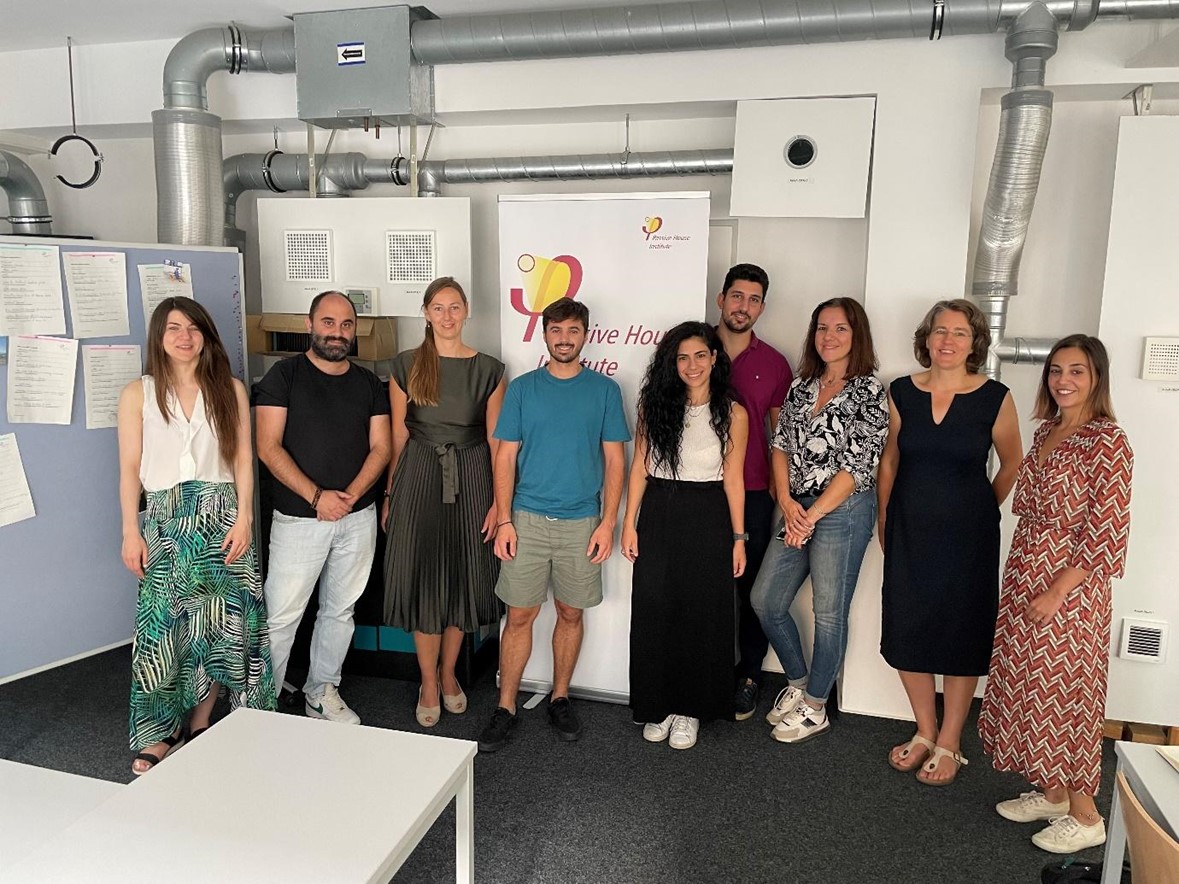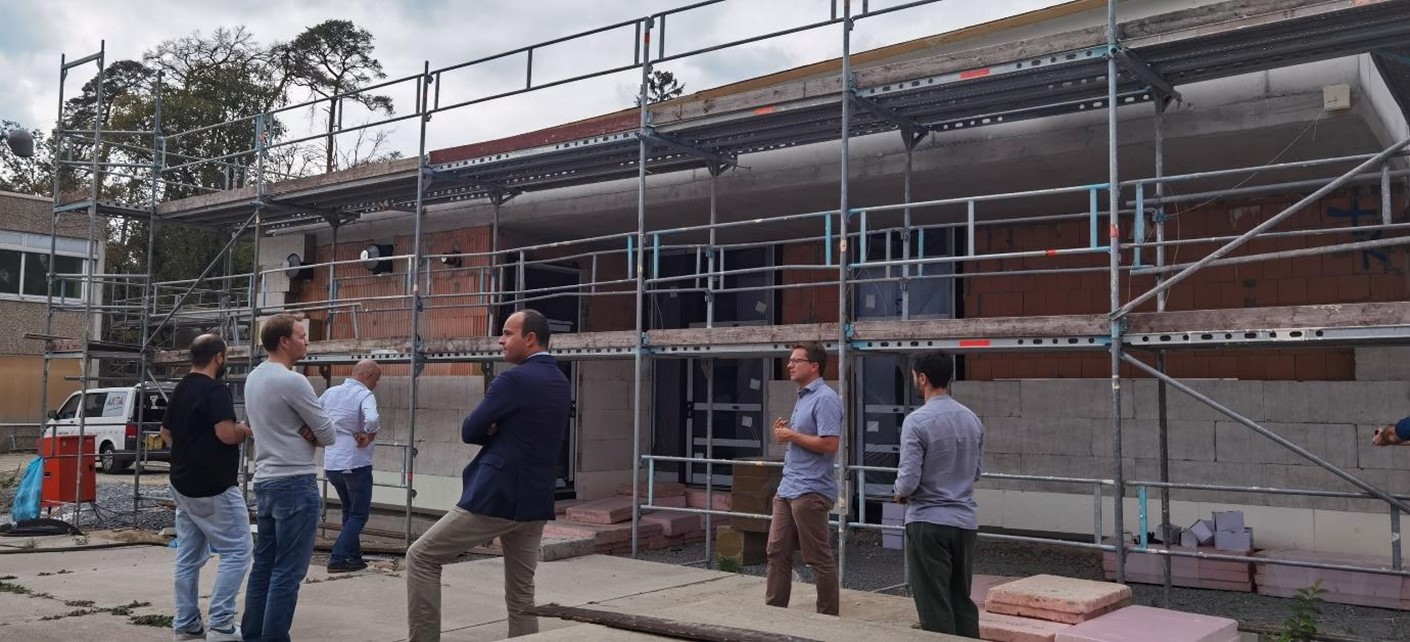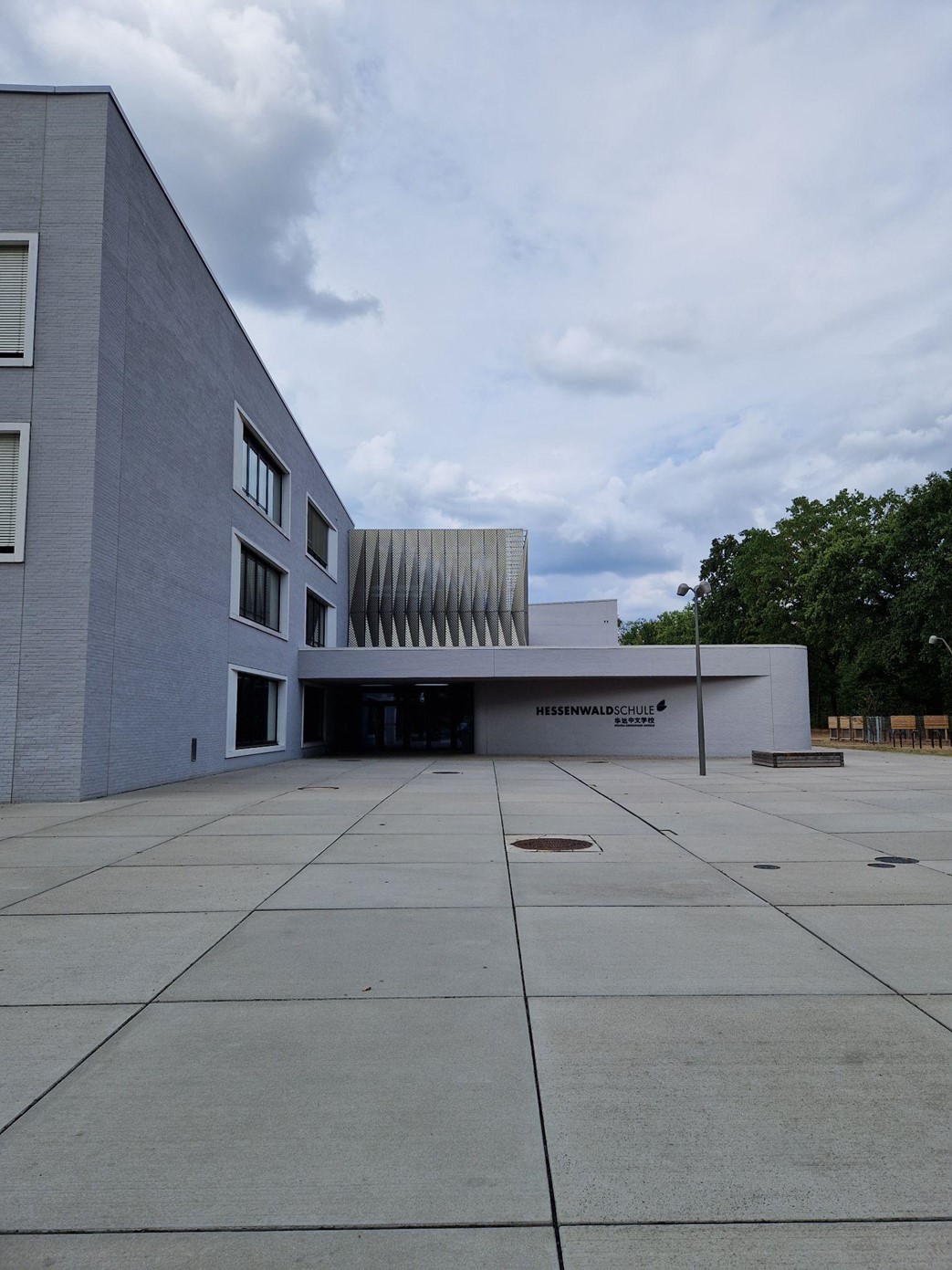Identifying the gaps and barriers in deep energy renovation of school buildings through UPGREAT
As it is already known the building sector is responsible for 36% of the total greenhouse gas emissions and 40% of the EU energy consumption. Having this in our mind and concerning that the society today has to move towards a more sustainable future, while the ongoing energy crisis is affecting millions of Europeans, bold actions have to be undertaken!

The European Union’s target for renovating 3% of public buildings every year needs to be addressed with the highest of responsibility in order to minimize our carbon footprint for the next decades. Schools consist of some of the most common public buildings and their energy demand is quite big due to the fact that they host a large amount of people inside them. According to research for classroom air quality, a healthy learning environment can reduce the absence rate, improve test scores and enhance pupils-teachers learning-teaching productivity. Those standards for IAQ are unknown in almost 99% of both teachers and students, especially in Greece.
The EUKI-funded project UPGREAT (Upskilling Professionals for deep enerGy efficiency REnovations: A Tool for better schools), is oriented to schools for the reason that they are the buildings that are accommodating children and they are spending a third of their first 18 years inside them. Also, schools, especially in Greece are built in modules and are easier to be renovated. The positive impact that they have in the neighborhood is also a way to promote the nZEB standards and they are living examples for the pupils-future engineers of how buildings should perform by provide them the proper internal air quality, adequate thermal, optical and acoustic comfort in order for them to be able to feel comfortable and to be ready to assimilate the knowledge. Those are some of the advantages that the Passive House standard offers with the mechanical ventilation, the airtightness of the building and the well secured thermal envelope.
But how is that feasible? How are the engineers going to construct this kind of building, and more specifically, schools? How are the students going to “invest” their time instead of “spending” it?
Further Information
- UPGREAT website
- UPGREAT: Upgrading professionals’ skills for deep renovations
- UPGREAT: Renovation following the Passive House Concept
- Identifying the gaps and barriers in deep energy renovation of school buildings through UPGREAT
- Finding the Gaps in Deep Energy Renovations: Preliminary results from UPGREAT’s technical survey presented on the 5th icESS, Bucharest
This is the gap that UPGREAT project comes to bridge by supporting the construction industry. In the end of August and for 5 consecutive days, six engineers and energy efficiency experts from Cyprus and Greece were trained on how to teach other engineers and tradespersons about deep energy renovations. This was made possible by attending the “Train the Trainer” special courses, a tailor made programme exclusively provided to the consortium of UPGREAT, offered by the Passive House Institute in Darmstadt, Germany.
By completing the “Train the Trainer” programme, UPGREAT members are ready to better approach other white and blue collar professionals with skills they gained during those five days in Darmstadt. Particularly, they learned to identify the type of learners that they are going to teach and adapt their teaching technique accordingly. Also they emphasized in the structure of the curriculum, in order to contain the necessary information considering the professionals that are going to be educated in the nearly zero energy building methods of construction.
The course closed with presentations on how to design an exam by adapting it to the teaching units that are more relevant to the professionals who are going to attend the future courses. This set of teaching units are going to be implemented in the Guidebook & Training Toolkit that will be used in order to promote the Passive House standard in the engineering industry and it will bridge the gaps in the industry, such as the lack of technical skills and knowledge of the professionals in the construction industry, either referring to white or blue-collar practitioners.
But, how about real life examples? What happens after the training of the professionals?

During the last two days, UPGREAT members had the chance to visit five school buildings that incorporate aspects of the Passive House standard and couple the outcomes from the “Train the Trainer” course with on site good practices.
For two days, they visited five schools, from elementary schools to high schools, all of them constructed according to the Passive House standard. By doing so, they came closer to Passive buildings and they understood how those high energy efficient buildings work.

With the help of Dr.Oliver Ottinger from the German Da Di Werk, a company that regulates and operates 81 schools in the district in terms of sustainability and also a member of the UPGREAT consortium, the trainees from the Cyprus Energy Agency, the Hellenic Passive House Institute and the National and Kapodistrian University of Athens were toured in the schools gaining experience and ideas for better school buildings and ways to promote and incorporate the Passive House principles while implementing deep energy renovations in schools .
Facility rooms, restaurants designed to serve hundreds of students simultaneously, multipurpose rooms and classrooms were shown to the trainees. The challenges faced during the construction phases, common mistakes that occur in the construction site, special aspects of the energy efficient heating and cooling systems, operational insights on day and night ventilation systems, nature based light solutions (e.g., skylights), energy efficient door and window frames (e.g., 3-ply windows), automations (e.g., shading units), green roofs, insulation, energy generation from wood pellets, and ergonomic design for the general comfort of the users -students and teachers are some of the points the visits were focused on, depending on the peculiarities of each building. Moreover, the performance gap between the designed energy demand and the final energy consumption, which as it was referred to, tends to zero, was discussed too.
To achieve this we need a more holistic approach during the designing and the planning of the renovated buildings. Everything should be given the necessary attention in order to avoid mistakes during the construction phase. The engineers should be in place to choose the right material for each structural element and to implement the right application method for each construction material. The same attention should be given for the mechanical equipment during the designing and the implementation of the systems.
To that way, the UPGREAT project, was designed for this specific purpose; to upskill building professionals in relation to deep energy renovations.
